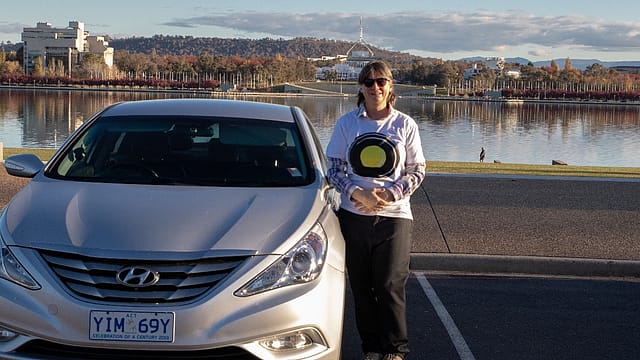Ola expands Australia operations
ADVERTISEMENT

Indian cab-hailing company Ola expanded its Australia operations to Brisbane, Gold Coast and Canberra on Tuesday.
The Bengaluru-based firm entered the Australian market earlier this year in January by beginning services in Perth, Sydney and Melbourne.
Besides discounted rides, the company is giving drivers a better deal, by taking only a 7.5% introductory commission rate as against arch rival Uber’s 27.5%. The Sydney Morning Herald reported that some Uber drivers in Perth are giving passengers a “Try Ola for Free” card, helping Ola poach Uber customers.
As per figures provided by Ola, 30,000 driver-partners across Australia have registered themselves on the Ola platform within three months of its launch. The company is following the same introductory strategy that it had in India—free rides and discounted commission rates.
“We saw a real opportunity in Australia to provide a credible alternative in the rideshare space for both customers and drivers. Australia is an attractive market, in that it values fair competition. At this stage, we are launching with personal hire vehicles on the platform and will evolve beyond PHVs over time, to solve a range of transportation needs,” an Ola spokesperson told Fortune India.
Ola is eying launching operations in Adelaide, Darwin and Hobart in the coming months. “As we continue to expand across Australia, we have seen that customers and driver-partners are choosing Ola over competitors for the best rideshare experience possible. By doing so, everyone is choosing an affordable and better way to move,” said Chandra Nath, vice president, head of international, Ola.
December 2025
The annual Fortune 500 India list, the definitive compendium of corporate performance, is out. This year, the cumulative revenue of the Fortune 500 India companies has breached $2 trillion for the first time. Plus, find out which are the Best B-schools in India.
“It’s a great validation for an Indian startup to go global in such a short period of time. For an investor, it’s the best to be in a monopolistic market so that it can own more than 50% of the market and then based on the market share, he can increase the prices enabling them to be in a leadership position,” said Vidhya Shankar, executive director, Grant Thornton India.
“It could be a couple of reasons why Ola went to Australia. There are not enough aggregators and they saw an opportunity to go on and provide. Probably, there is a south Asian connection as well. It’s a huge association for the drivers and customers. But primary is the opportunity and the distance. It’s so expensive to otherwise hire a local taxi in Australia.”
In October last year, Ola raised $1.1 billion in funding from Chinese Internet giant Tencent and SoftBank, its largest funding since 2015 when it raised had raised $500 million. SoftBank is an investor in Uber, too.
Australia’s ride sharing market already has an Estonia-based Taxify and an Australian startup GoCatch. Uber entered Australia in late 2012 and is present in 19 major cities currently.
